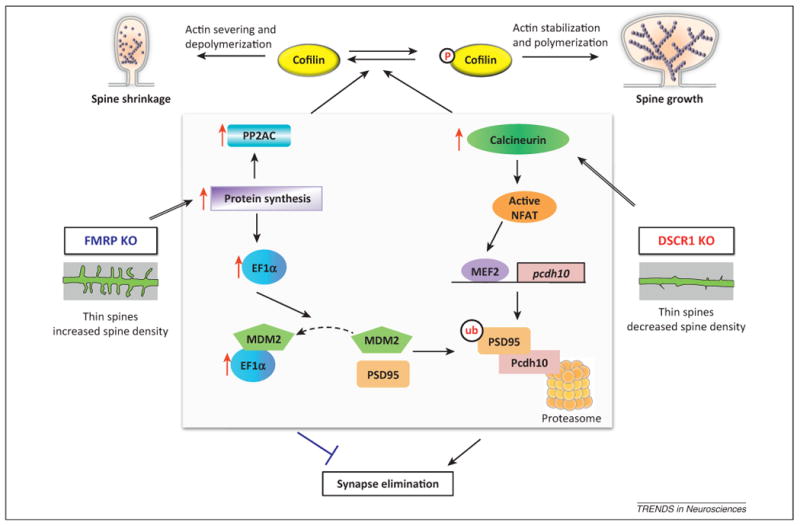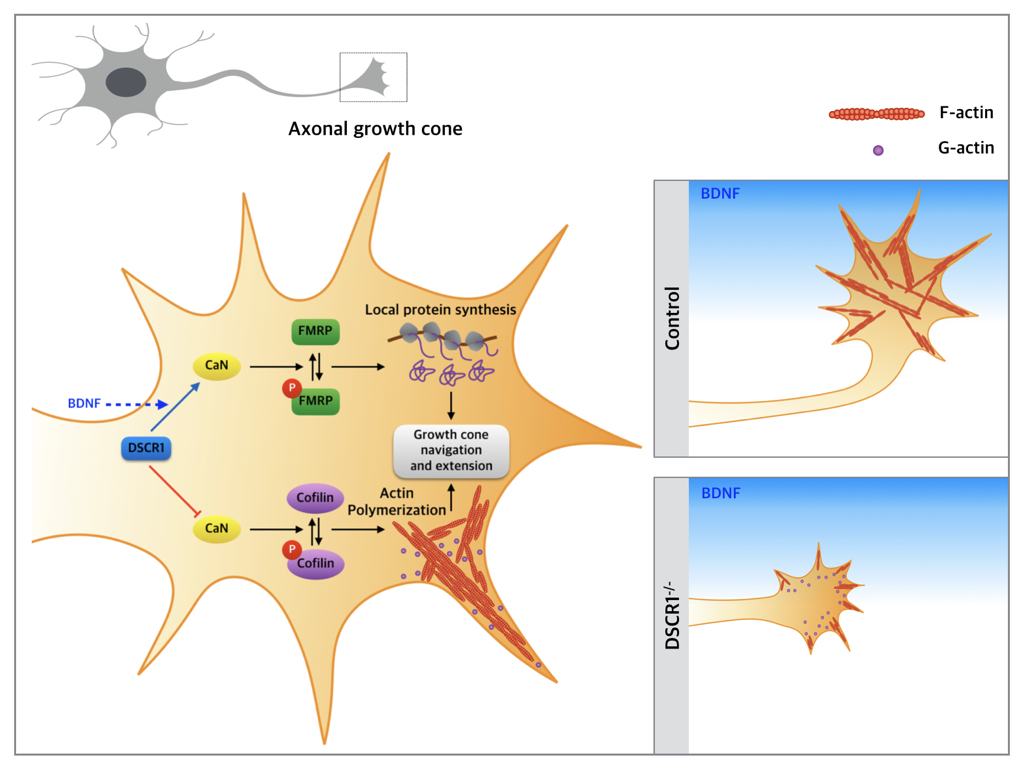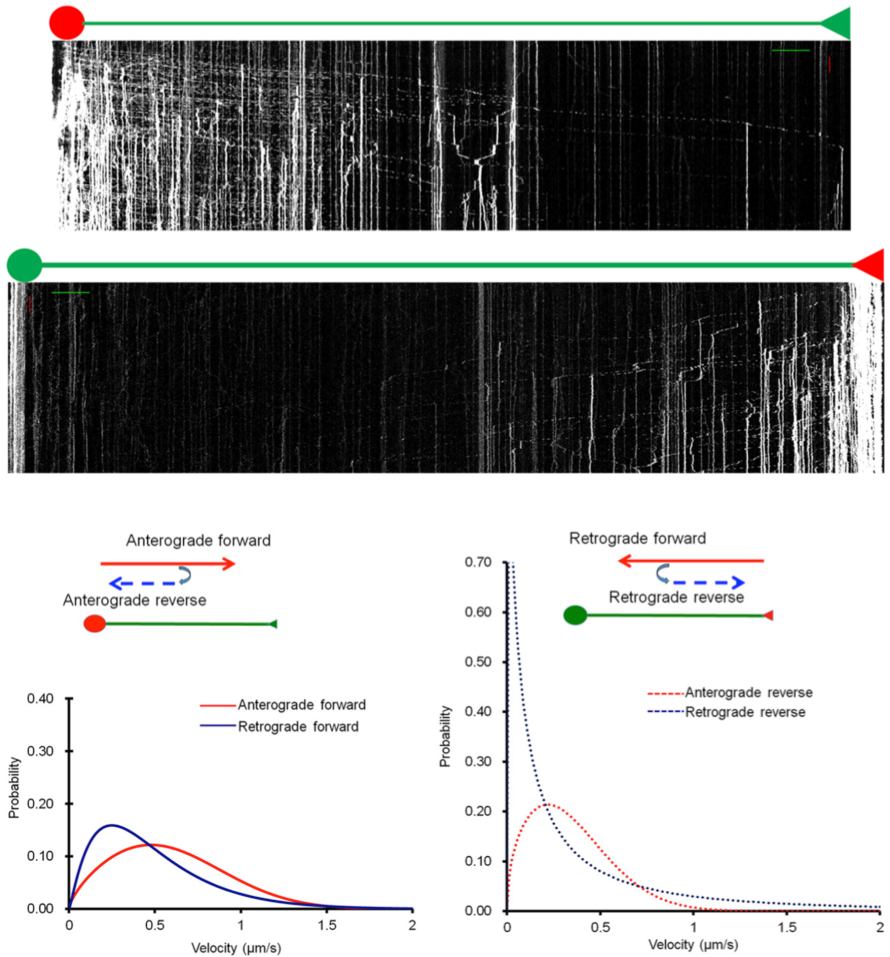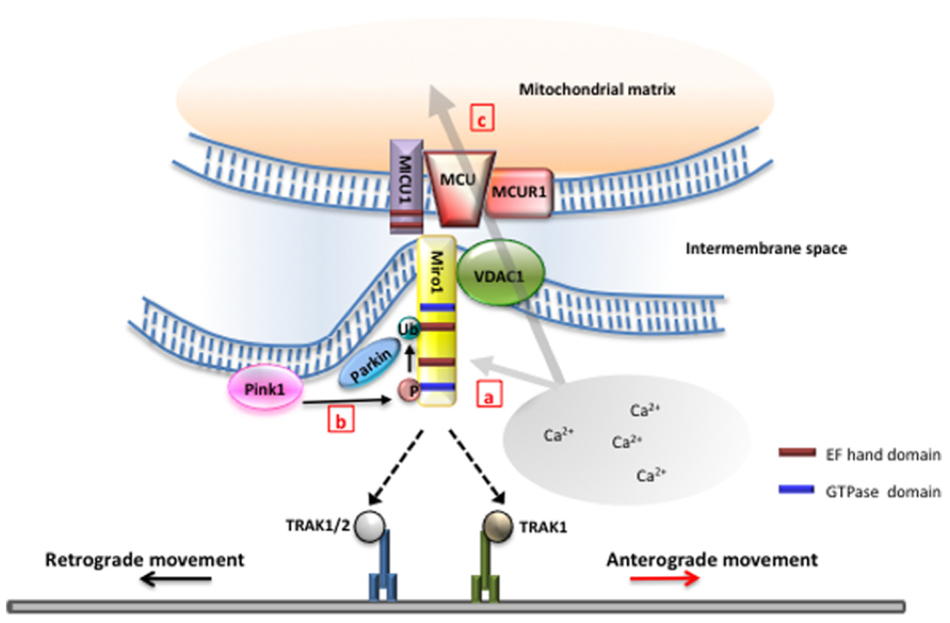● I. To understand the molecular and cellular mechanisms of Intellectual disability.
Scientists do not yet understand how local protein synthesis regulates dendritic spine morphology, a process that is important for learning and memory. Numerous neurological disorders including mental retardation show morphological changes in dendritic spines. Until such understanding is acquired, the molecular link between dysregulation of local protein synthesis and the pathological changes in dendritic spines that lead to intellectual disability will remain largely elusive. Our long-term goal is to better understand the fundamental molecular and cellular mechanisms that underlie cognitive functions. The objective of immediate goal is to determine the underlying molecular mechanisms of local protein synthesis regulating dendritic spine morphology during neuronal stimulation.





